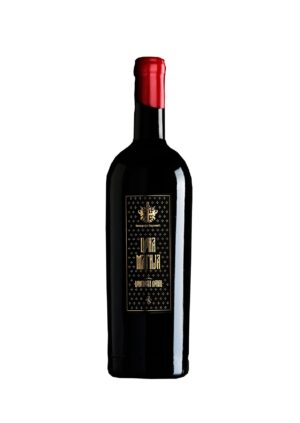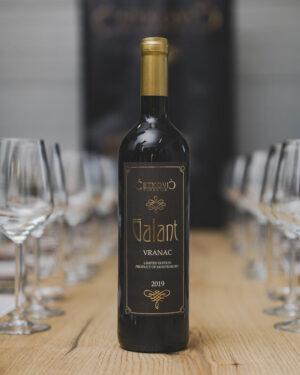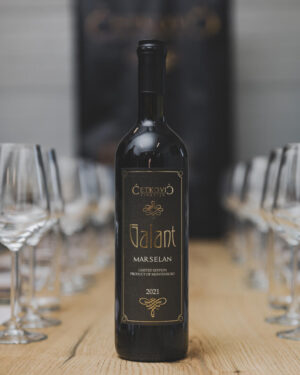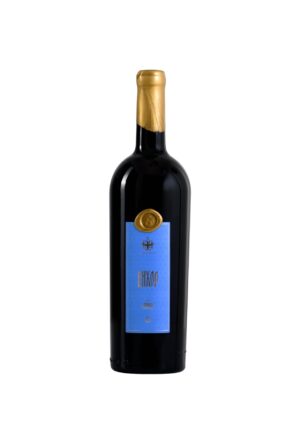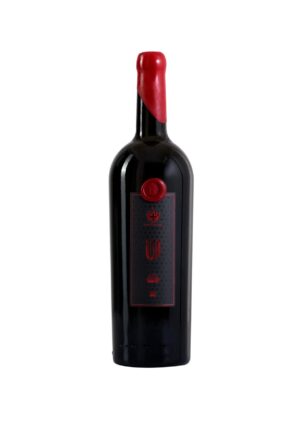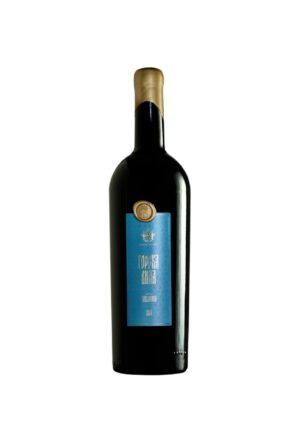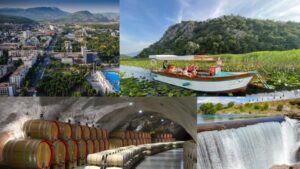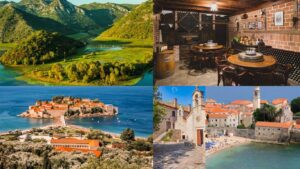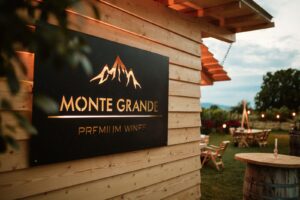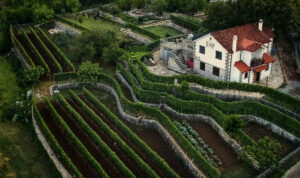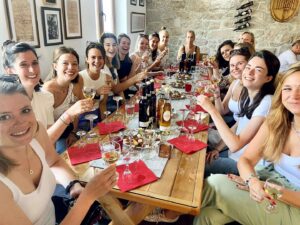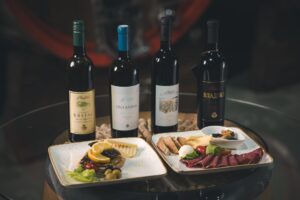Winery Sinjac
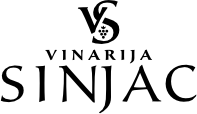
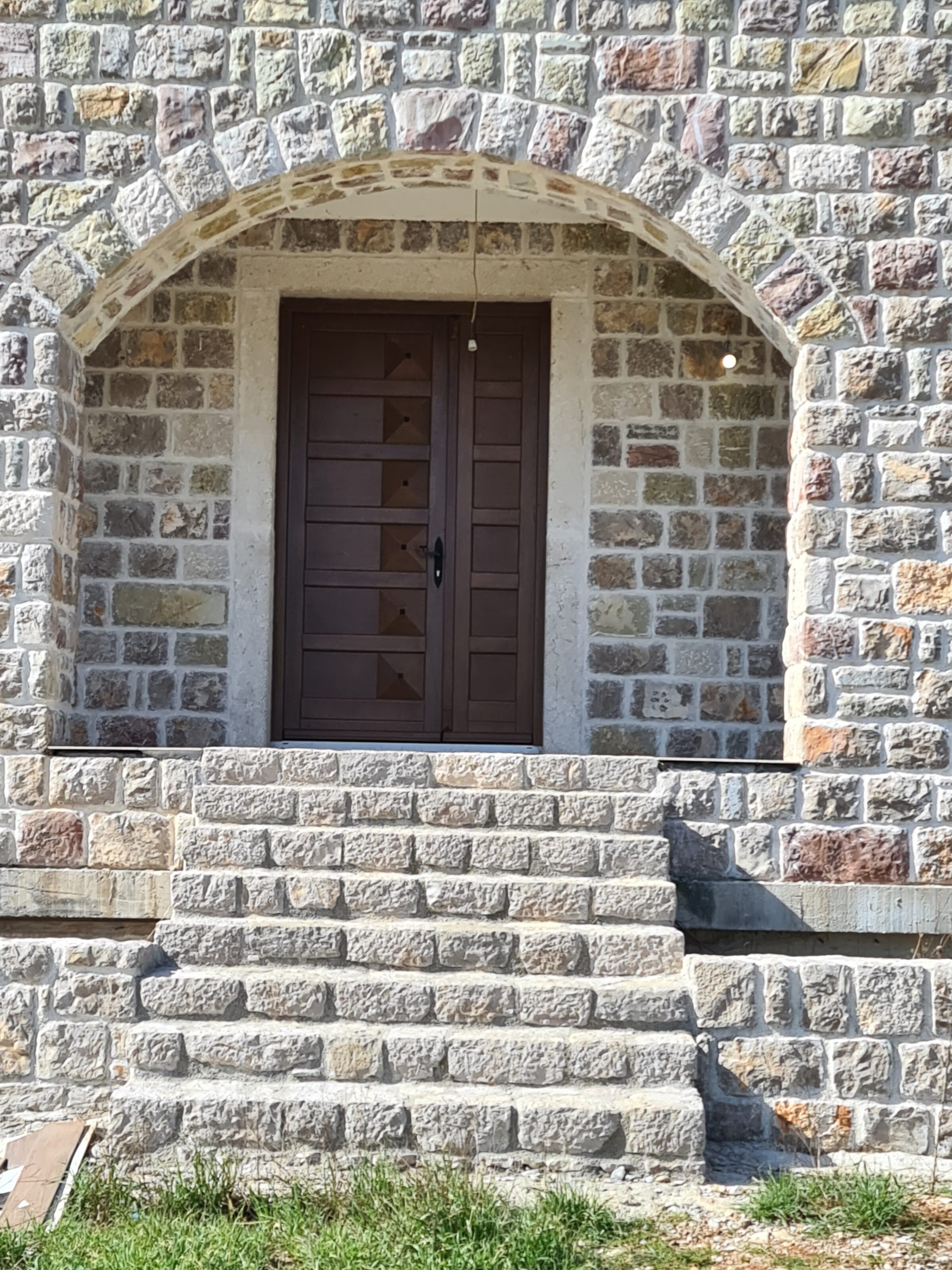
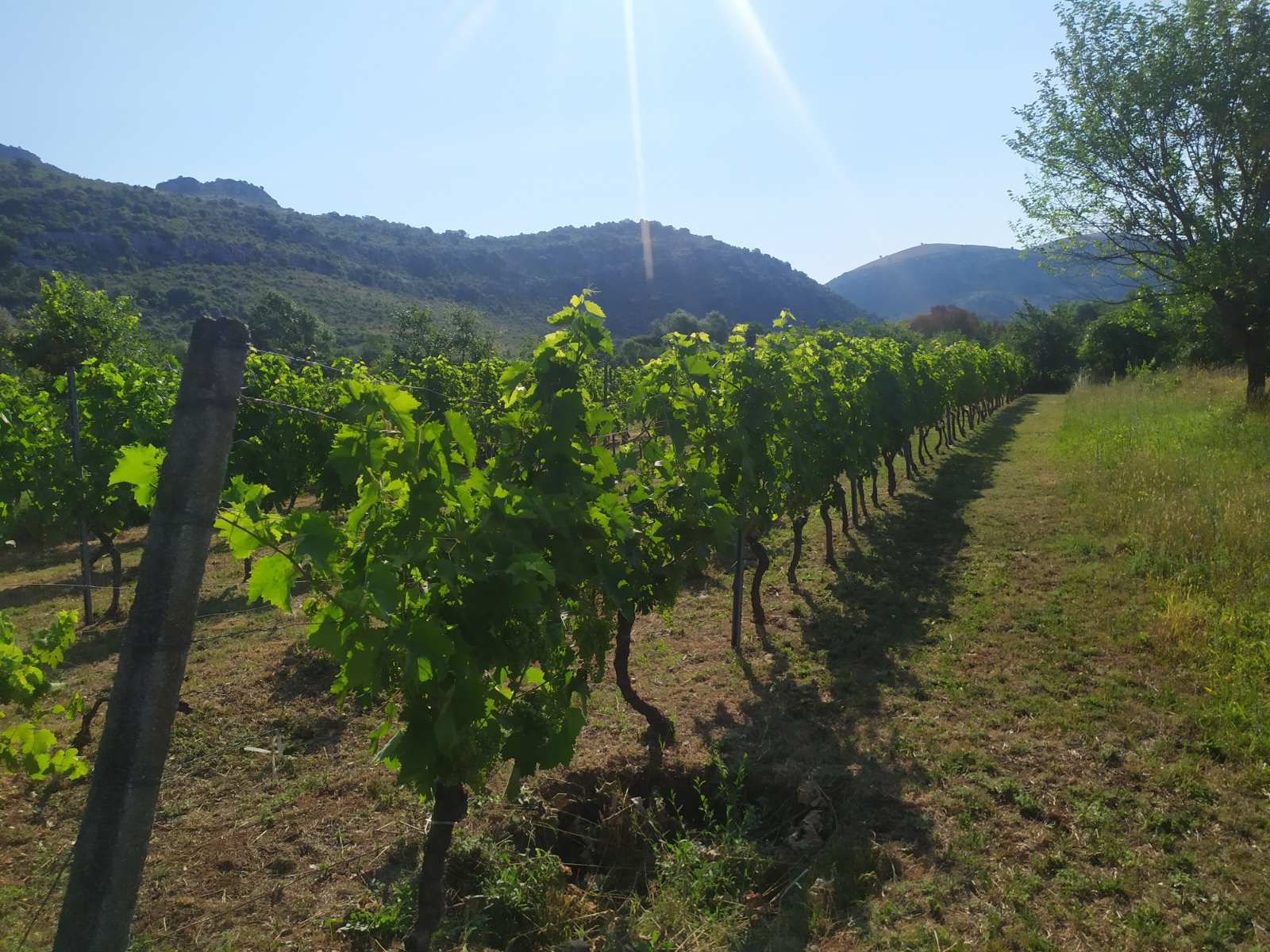
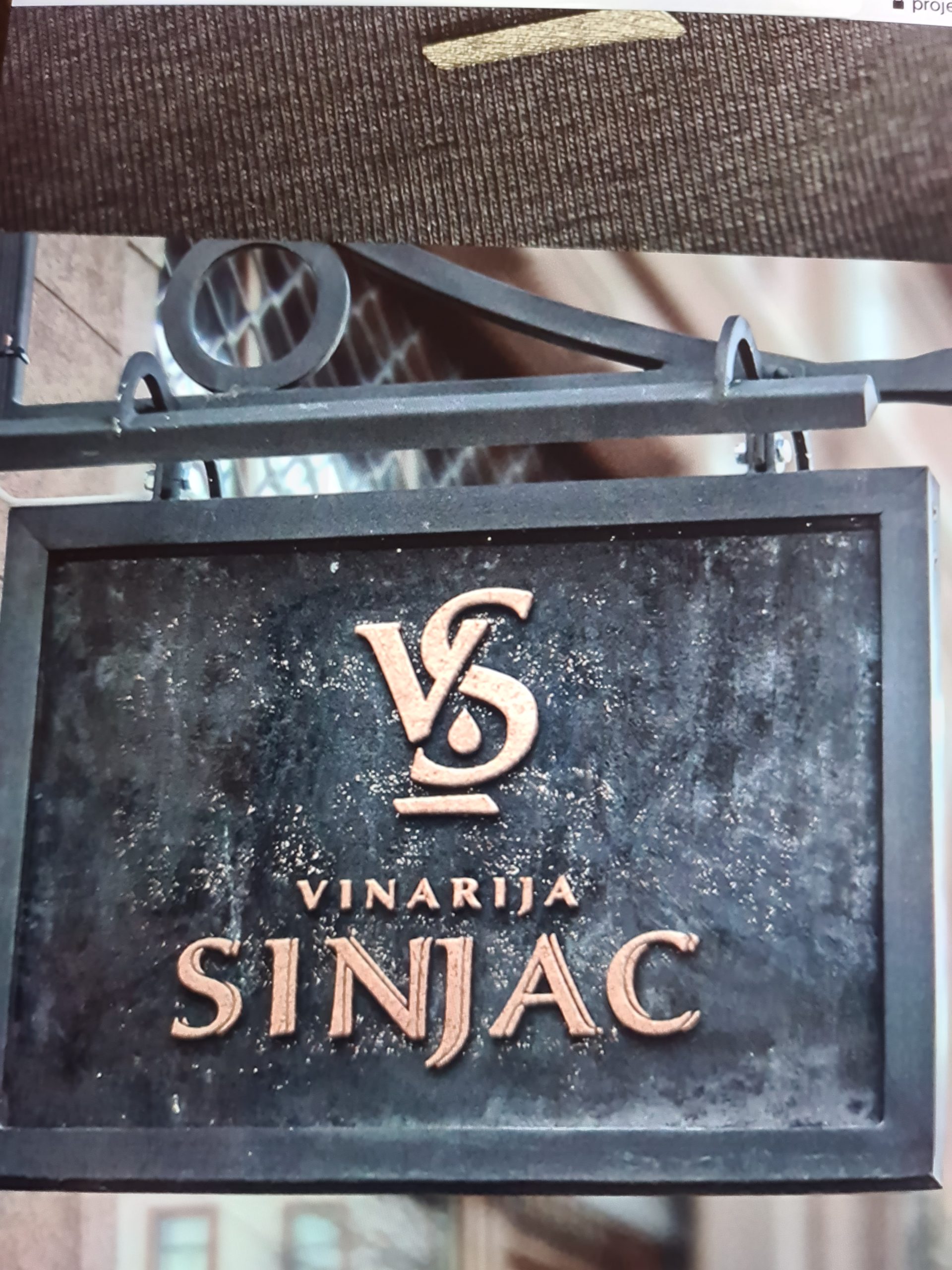

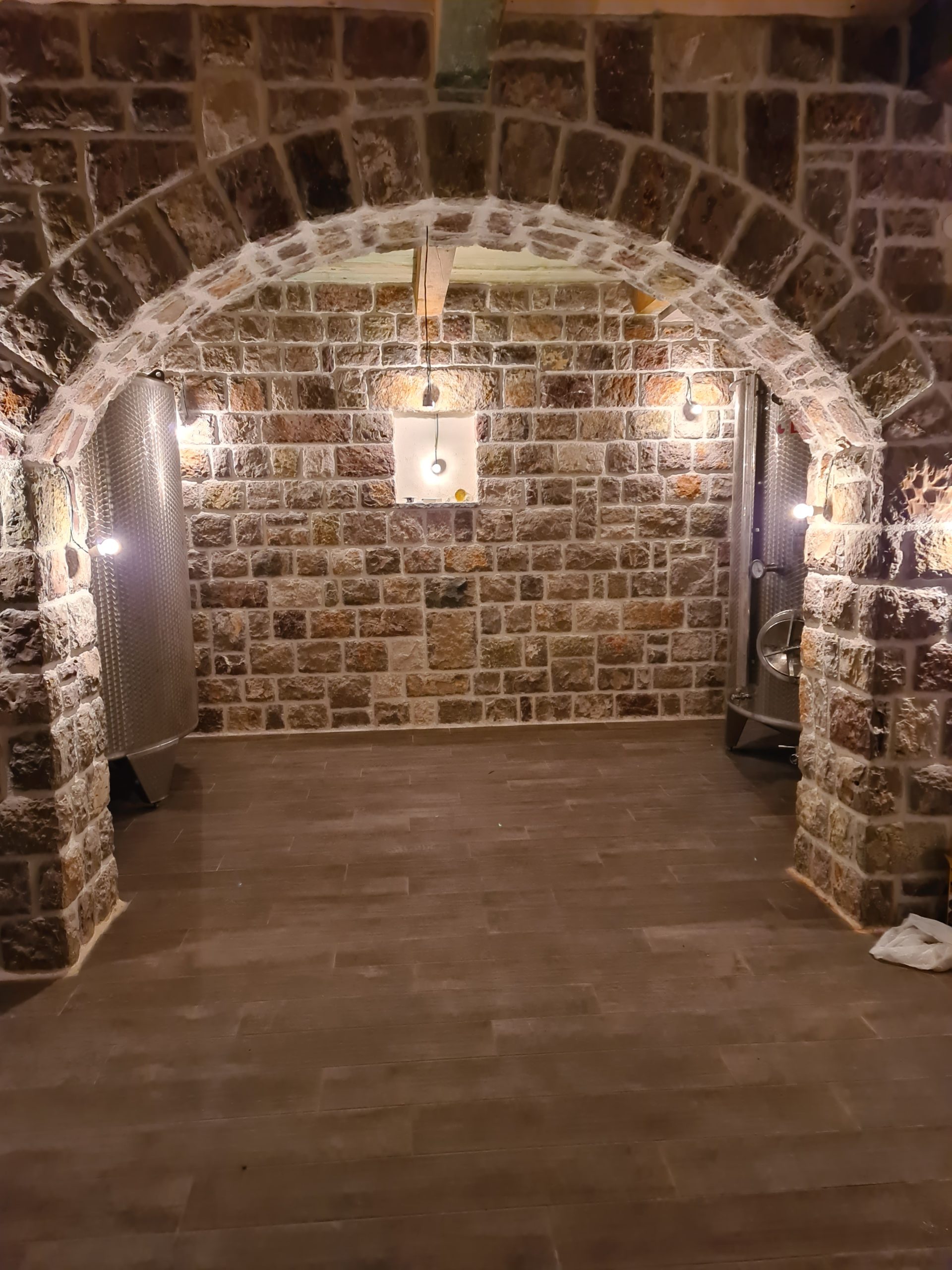
Address
Region
Subregion
Available languages
Detail information
Winery Sinjac was founded on April 14, 2022. However, the founders have multi-generational experience in winemaking. Founder Zoran Vukčević represents the sixth generation involved in wine production. His ancestors always had their own wines and brandies, which were renowned across Montenegro for generations.
Today, the winery is equipped with all the necessary tools for modern production. However, the production of wine and brandy still incorporates some traditional recipes combined with contemporary technological methods. The winery’s annual production capacity is 100,000 bottles of wine and 5,000 bottles of brandy.
Lake Skadar is often referred to as the “Mesopotamia of Montenegro.” Throughout its turbulent historical and social events, the name of Lake Skadar has changed multiple times. Thanks to the Roman historian Titus Livius, it is known that one of its earliest names was Labeats Marshes (Labeatide palude), named after the Illyrian tribe Labeati, the first known settlers of the area. Later, Pop Dukljanin referred to it as Balta, which was subsequently changed to Lake Bojana, Lake Zeta, Lake of Skadar, and, as we know it today, Lake Skadar.
The name Sinjac likely derives from the adjective sinji (bluish or grayish), originating from the Old Slavic word sin’ü, meaning bluish, gray, or silvery. It may also be named after a fish called sinjac, which, according to some sources, evolved into today’s lola. In certain regions, there still exists a type of bream called sinjac.
Historical records suggest that Sinjac may have been a summer residence of Saint Peter of Cetinje. A branch of the Vukčević family, who owned the Konjsko Mountain below Lovćen, reportedly traded this mountain with the Petrović family for Sinjac. Supporting this claim is the presence of a threshing floor in the center of Sinjac, known as Vladičino guvno (The Bishop’s Threshing Floor). It is believed that this threshing floor was built around 1796, either before or after the Battle of Krusi. It still stands to this day.
A picture is worth a thousand words





Contents and Objects
Try our wines
Our tours
FAQ

Please share if you like
Wines from other wineries
Other wine tours


